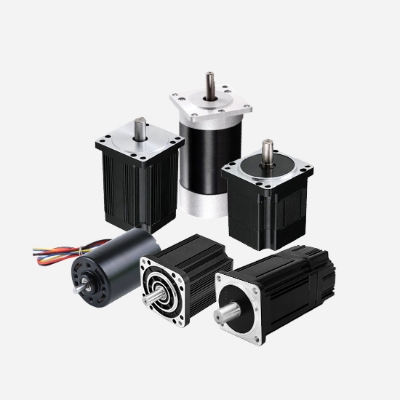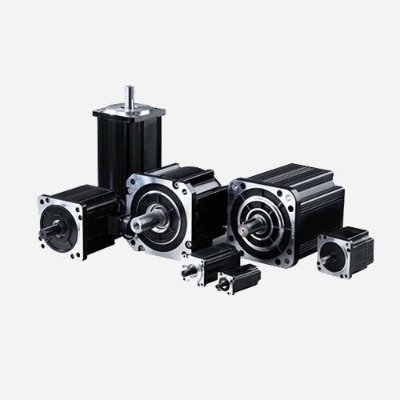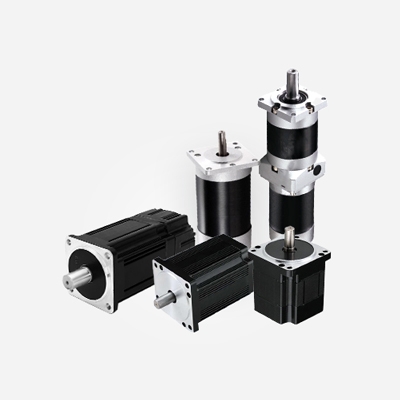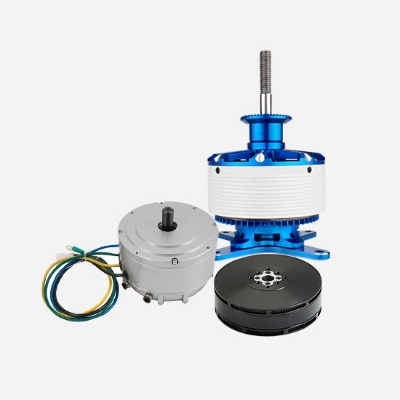A waterproof brushless motor is an electric motor designed for operation in environments where exposure to moisture, water, or other harsh conditions is a concern. Unlike traditional brushed motors, which use brushes and a commutator for electrical contact, brushless motors rely on electronic commutation through a control unit. The "waterproof" designation indicates that the motor is equipped with features and construction elements to resist water ingress and maintain functionality even when exposed to wet conditions.
These motors are typically constructed with materials such as stainless steel or aluminum that resist corrosion. Special coatings, encapsulation techniques, and advanced sealing mechanisms are employed to protect internal components from water damage. The goal is to ensure the motor's longevity and reliability in applications where exposure to water is inevitable, ranging from marine and automotive systems to robotics and renewable energy installations.
In order to help you better choose the right waterproof brushless motor, brushless.com lists its detailed price list for your reference.
Waterproof Brushless Motor Price
| Product Name | SKU | Price |
| 400W 300KV 3-6S Waterproof Brushless DC Motor, IP28, Sensorless | BLDC-WP400 | $122.77 |
| 500W 160KV 12S Waterproof Brushless DC Motor, IP68, Sensorless | BLDC-WP500 | $154.15 |
| 650W 140KV 14-37S Waterproof Brushless DC Motor, IP28, Sensorless | BLDC-WP650 | $169.85 |
| 3000W 160KV 8-12S Waterproof Brushless DC Motor, IP68, Sensorless | BLDC-WP3000 | $386.92 |
| 3700W 130KV 6-20S Waterproof Brushless DC Motor, IP68, Sensorless | BLDC-WP3700 | $576.98 |
| 6000W 120KV 6-20S Waterproof Brushless DC Motor, IP68, Sensorless | BLDC-WP6000 | $386.92 |
| 12kW 140KV 6-18S Waterproof Brushless DC Motor, IP68, Sensorless | BLDC-WP12000 | $1,540.95 |
Note: The above prices are for reference only, for promotions and real-time prices, please visit brushless.com.
Maintenance of Waterproof Brushless Motors
- Regular Inspection: Conduct routine visual inspections of the waterproof brushless motor to identify any signs of wear, damage, or water ingress. Inspect the seals, housing, and connections for integrity. Regular visual checks can help detect potential issues before they escalate.
- Seal and Gasket Inspection: Specifically examine the seals and gaskets for any signs of wear, cracking, or deterioration. Ensure that they remain pliable and effectively create a barrier against moisture. Replace any damaged seals promptly to maintain the motor's waterproof integrity.
- Cleaning Procedures: Clean the external surfaces of the motor regularly to prevent the accumulation of dirt and debris. Use a mild cleaning solution and a soft brush to remove contaminants. Avoid using high-pressure water jets, as these can force water past seals.
- Environmental Considerations: Be mindful of the operating environment and the type of water exposure the motor encounters. Motors used in saltwater environments may require more frequent inspections and cleaning due to the corrosive nature of salt.
- Temperature Monitoring: Monitor the operating temperature of the motor, as excessive heat can affect the effectiveness of seals and lead to internal damage. Ensure proper ventilation and cooling to prevent overheating, which may compromise the motor's waterproofing over time.
- Periodic Lubrication: If applicable, lubricate bearings and moving parts according to the manufacturer's recommendations. Lubrication helps reduce friction, heat, and wear, contributing to the overall longevity and performance of the motor.
- Electrical Connections: Check electrical connections regularly for signs of corrosion or loose connections. Corroded terminals can hinder electrical performance and contribute to water ingress. Clean and tighten connections as needed.
- Testing Under Load: Periodically test the motor under load conditions to ensure it operates within specified parameters. This can help identify any performance issues, unusual sounds, or vibrations that may indicate internal problems.
- Professional Servicing: Consider professional servicing at regular intervals, especially for motors used in critical applications. Professional technicians can conduct thorough inspections, replace worn components, and perform any necessary repairs to maintain optimal functionality.




